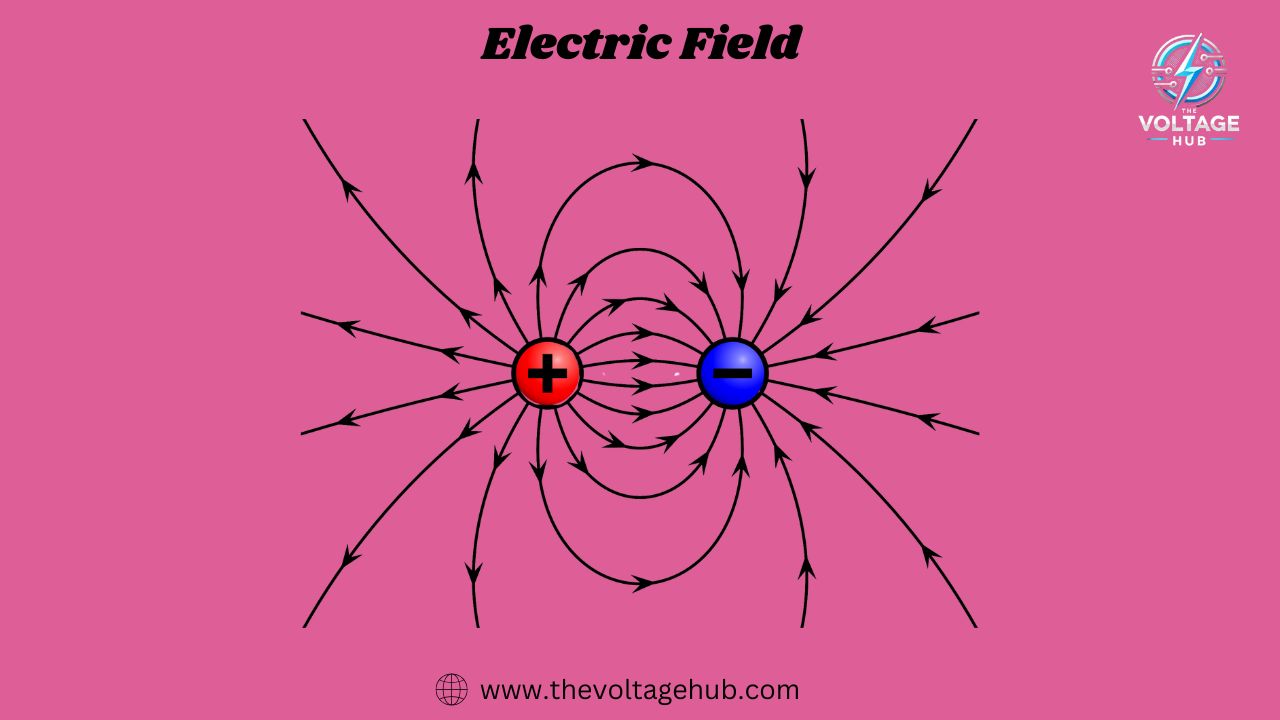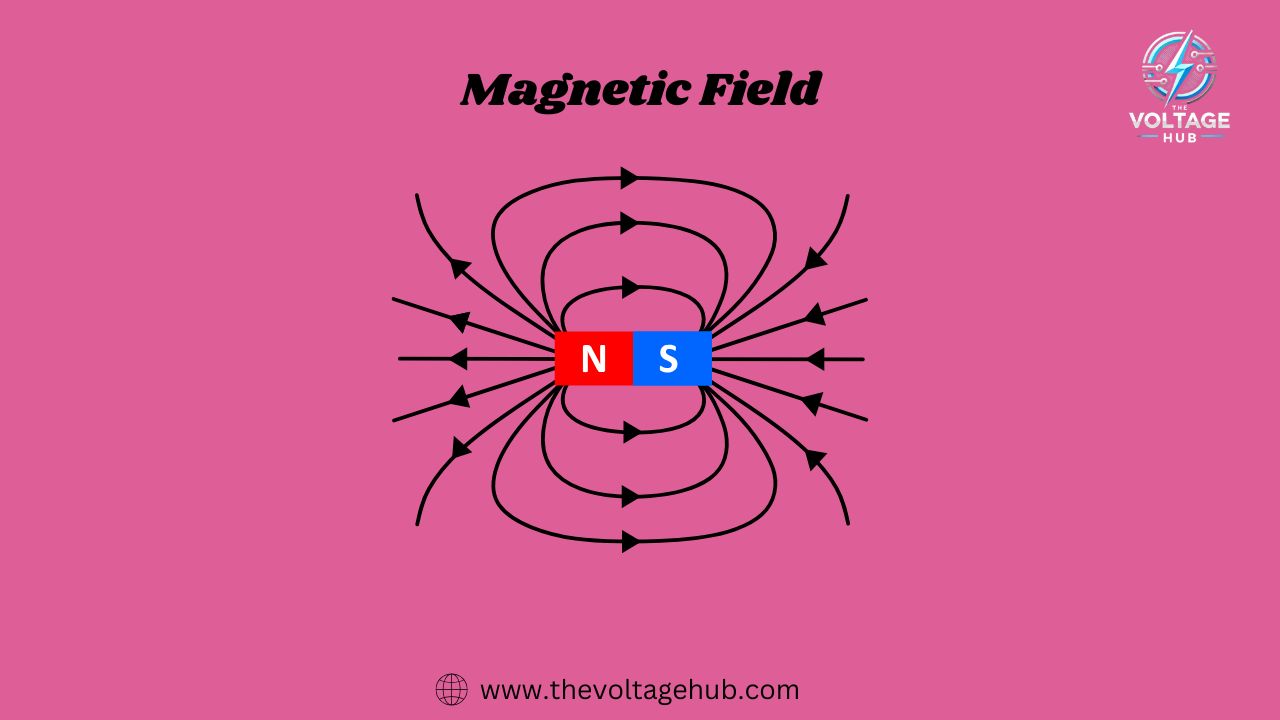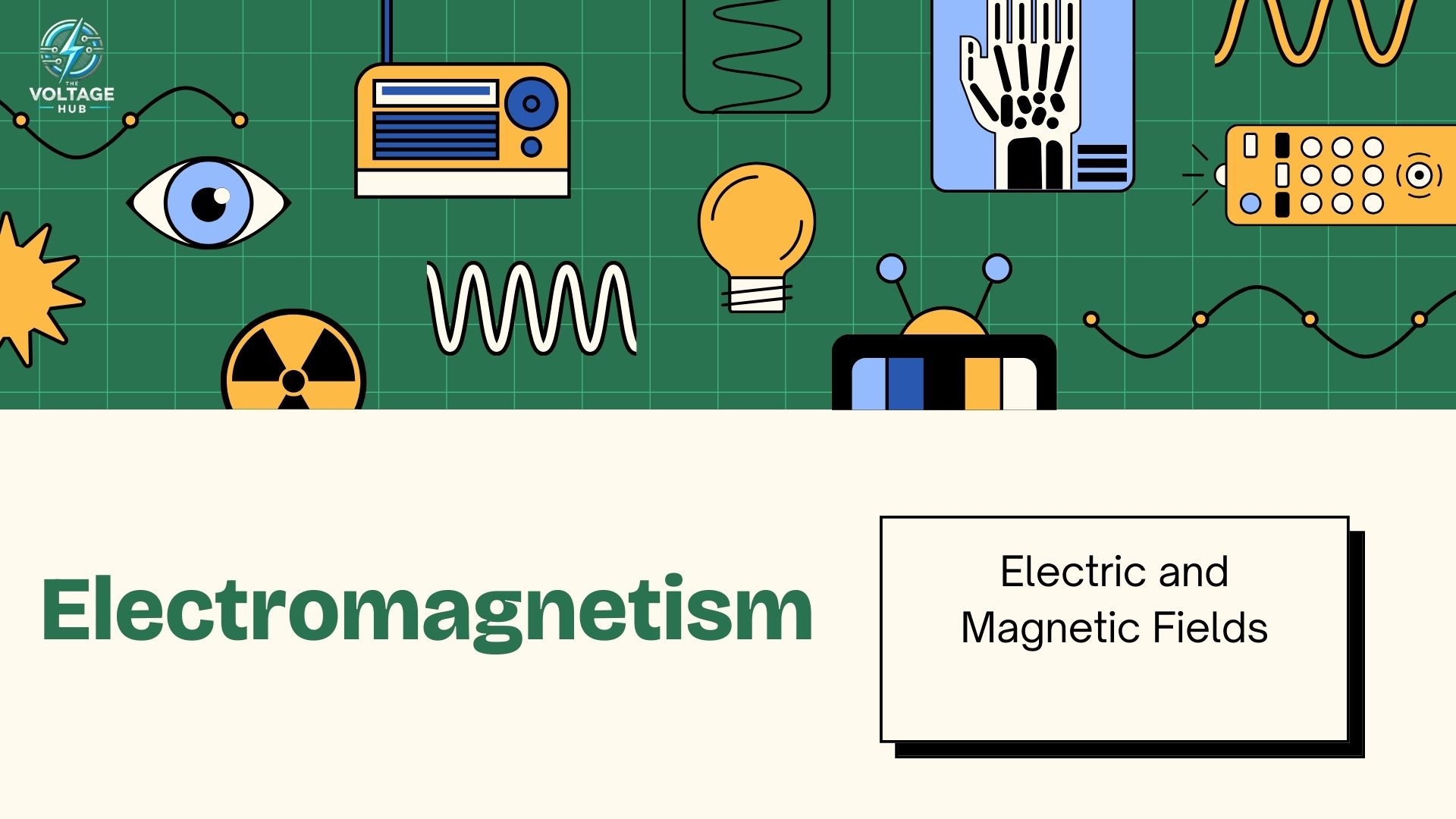Electromagnetism is one of the four fundamental forces of nature, alongside gravity, the weak nuclear force, and the strong nuclear force. It governs the behavior of electrically charged particles, influencing everything from static electricity to light itself. This force consists of two key components: electric and magnetic fields. Understanding these fields and their interaction is essential for grasping how electromagnetism shapes our world and powers modern technologies.
Understanding Electric and Magnetic Fields
Electric Fields: Definition and Concept

An electric field surrounds a charged particle or object. It exerts a force on other nearby charged objects. The strength and direction of this force depend on the charge’s magnitude and sign. Electric field lines represent this force, pointing away from positive charges and toward negative charges. The denser the lines, the stronger the field.
Mathematically, the electric field E is the force per unit charge exerted on a test charge placed within the field:

Here, E represents the electric field, F is the force on the test charge, and q is the magnitude of the test charge.
Magnetic Fields: Definition and Concept

A magnetic field arises from moving electric charges or magnetic materials. It exerts a force on moving charged particles, such as electrons. Magnetic field lines always form loops and do not have starting or ending points, unlike electric field lines. Magnetic fields can influence other magnets or electric currents, creating complex interactions in various systems.
The force on a moving charge in a magnetic field is described by the Lorentz force law:

where F is the force, q is the charge of the particle, v is its velocity, and B is the magnetic field. The force is perpendicular to both the velocity and the magnetic field, following the right-hand rule.
Electric and Magnetic Field Interaction
Electric and magnetic fields are interconnected. Their relationship becomes evident when we examine electromagnetic waves, which include light, radio waves, and X-rays. These waves consist of oscillating electric and magnetic fields that propagate through space at the speed of light. The electric and magnetic fields are perpendicular to each other and to the direction of wave propagation, forming an electromagnetic wave.
Relationship Between Electricity and Magnetism
While electricity and magnetism were once considered separate forces, we now know they are closely connected. This relationship was unified by James Clerk Maxwell through his equations, which describe how electric and magnetic fields generate each other.
Maxwell’s Equations
Maxwell’s Equations form the foundation of classical electromagnetism. They consist of four key equations:
Gauss’s Law for Electricity:

This equation shows that the electric flux through a closed surface is proportional to the enclosed charge.
Gauss’s Law for Magnetism:

This equation reveals that there are no magnetic monopoles—magnetic field lines always form closed loops.
Faraday’s Law of Induction:

This law tells us that a time-varying magnetic field induces an electric field, which is the basis of electric generators.
Ampère’s Law (with Maxwell’s correction):

This equation explains how electric currents and changing electric fields generate magnetic fields.
Electricity Creating Magnetism: Ampère’s Law
Ampère’s Law states that an electric current creates a magnetic field. When electric charges move through a conductor, they generate a magnetic field around it. The strength and direction of this magnetic field depend on the current’s magnitude and the shape of the conductor. This principle is behind electromagnets and electric motors.
Magnetism Inducing Electricity: Faraday’s Law
Faraday’s Law states that a changing magnetic field can induce an electric current in a conductor. This principle underlies the operation of electric generators, which convert mechanical energy into electrical energy by moving a conductor through a magnetic field.
Applications of Electromagnetism in Devices
Electromagnetism plays a crucial role in many technologies. Its applications range from energy generation to communication systems, transportation, and healthcare.
1. Electric Motors and Generators
Electric motors and generators rely heavily on electromagnetism.
2. Transformers
Transformers are devices used to change the voltage of alternating current (AC). They consist of two coils of wire. When an alternating current flows through the primary coil, it creates a changing magnetic field, which induces a current in the secondary coil. By adjusting the number of coils in each section, transformers can either step up or step down the voltage of the electrical power being transmitted.
3. Wireless Communication
Electromagnetic waves are central to all wireless communication technologies, including radio, television, mobile phones, and Wi-Fi. These waves carry information by modulating the electric and magnetic fields, allowing signals to travel through space. Modulation techniques enable data transmission for voice, video, and internet services, facilitating modern communication.
4. Magnetic Resonance Imaging (MRI)
MRI machines use powerful magnetic fields and radiofrequency waves to generate detailed images of the body’s internal structures. These machines align hydrogen atoms in the body. When a pulse of radiofrequency energy exposes the atoms, they emit signals that detectors capture and convert into images. MRI is a critical tool for diagnosing various medical conditions non-invasively.
5. Inductive Heating and Electromagnetic Furnaces
Inductive heating uses electromagnetic induction to heat metal objects. A high-frequency alternating current flows through a coil, generating a magnetic field. This magnetic field induces a current in a metal object placed inside the coil, causing the object to heat up. Inductive heating is used in processes like metal hardening, cooking, and plastic molding.
6. Inductive Charging and Wireless Power Transfer
Inductive charging utilizes electromagnetic induction to transfer energy without physical connectors. A current flows through a transmitter coil, creating a magnetic field. This magnetic field induces an electric current in a receiver coil, allowing devices like smartphones and electric vehicles to charge wirelessly.
7. Electromagnetic Waves and Light
Electromagnetic waves encompass more than just radio waves or microwaves; they also include visible light, ultraviolet radiation, X-rays, and gamma rays. These waves differ in their frequency and wavelength but share the same fundamental properties. Electromagnetic theory has enabled technologies such as fiber-optic communication, lasers, and much more.
Conclusion
Electromagnetism is foundational to understanding the technologies that power our modern world. The relationship between electric field and magnetic field governs everything from electricity generation to wireless communication and medical imaging. By mastering the principles of electromagnetism, we can continue to innovate and improve the technologies that shape our daily lives. The applications of electromagnetism are vast and will only continue to expand as we develop more advanced technologies in the future.
FAQs
[sc_fs_multi_faq headline-0=”p” question-0=”1. What are electric and magnetic fields?” answer-0=”Electric fields are regions around charged particles where electric forces act, while magnetic fields result from moving charges or magnets.” image-0=”” headline-1=”p” question-1=”2. How are electric and magnetic fields related?” answer-1=”Electric and magnetic fields are interconnected and together form the basis of electromagnetism. Changing electric fields generate magnetic fields and vice versa. ” image-1=”” headline-2=”p” question-2=”3. What are the main applications of electric and magnetic fields?” answer-2=”They power devices like electric motors, generators, transformers, wireless chargers, and are essential for technologies like MRI and communication systems.” image-2=”” headline-3=”p” question-3=”4. What is the difference between electric and magnetic fields?” answer-3=”Electric fields are caused by stationary or moving charges, while magnetic fields arise only from moving charges or magnets.” image-3=”” headline-4=”p” question-4=”5. How do electric and magnetic fields affect humans?” answer-4=”While naturally occurring fields are generally harmless, prolonged exposure to strong artificial fields might have potential health implications, which are still under study.” image-4=”” count=”5″ html=”true” css_class=””]

![]()

![]()
![]()
![]()
![]()
![]()


